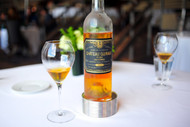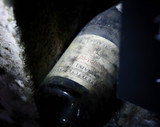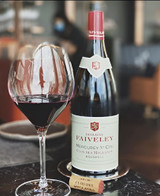Sep 19th 2025
Navigating the World of Dessert Wines: A Sweet Ending to Any Meal
Wrapping up a meal with the right dessert wine is a special treat. Dessert wine is often misunderstood, but it’s far more than just ‘sweet.’ Rich, celebratory, and full of character, it can elevate even the simplest dessert into a memorable finale.
At Woodland Hills Wine Company (WHWC), we enjoy selecting some of the best sweet wines from around the world, allowing you to enjoy the pleasure of these wines while discovering what's behind the glass. In this blog, we’ll explore what makes dessert wines unique, their different styles, perfect pairings, and WHWC’s top picks to try.
What Is a Dessert Wine?
A dessert wine is simply a sweet wine often served at the end of a meal. It is made through careful methods of winemaking that retain high levels of sugar. A few methods are mentioned below for dessert wine production:
- Late harvest: Grapes are left hanging on the vine longer for maximum sweetness.
- Noble rot (Botrytis): An organically occurring fungus credited for sugar concentration.
- Fortification: It’s basically adding grapes to stop fermentation. This results in sweet and higher alcohol wines.
- Freezing for ice wine: Frozen grapes on the vine provide sugars and acidity.
Whatever your sweet wine is from Germany, California, or Canada, every wine bottle is purposeful with its story of origin and craft.
Types of Dessert Wines Explained
Each style of dessert wine has its own aura, shaped by climate, variety of grapes, and winemaking technique. Take a glance before we dive deeper:
Late Harvest Wines
These wines are made from grapes harvested weeks later than the regular harvest, and the natural sugars are further intensified. Due to their lusciousness and balance, they are well known in Alsace, Germany, California, and beyond. They are generally perfumes of apricot, peach, or honey quality with an acid that keeps them refreshing and prevents them from being cloying. For many wine drinkers, late harvest styles may be the introduction to the world of dessert wines.
Ice Wine (Eiswein)
One can’t help getting a fleeting sense of pleasure when being served the dessert wine, icewine (Eiswein), made from grapes that are only picked when the fruit has frozen on the vine. While Canada and Germany are the unrivaled champions of its production, ice wine tends to be jammy and has brilliant acidity that is so marvelously lingering, you can't help but remember it!
It takes hundreds of frozen grapes to make a single bottle of ice wine, so it's no wonder this concentrated elixir is bursting with tropical fruit and stone flavors. Due to its rarity, ice wine has gained a reputation as a celebratory wine to mark those special events in life.

Noble Rot & Botrytized Wines
Among dessert wines, many consider noble rot styles the pinnacle. While noble rot or botrytis wine can be thoroughly debatable, so many varieties contribute. Classics being Sauternes (France), Tokaji (Hungary), and Trockenbeerenauslese (Germany), these wines typically contain notes of honey, apricot fruit, and spice.
Fortified Dessert Wines
Wines in this category would include Port, Sherry, Madeira, and Muscat. These grape spirit fortified wines have more depth, complexity, and aging potential. With vintage and region as factors, these fortified wines can contain caramel, fig, clove, or coffee sensations. Fortified wines are versatile and great with dessert, but also as a meditative sipper.

Dessert Wine Pairings Made Simple
To keep it simple, remember the basic rule of pairing dessert wines with food: it should be equal in sweetness, preferably sweeter, than the dish. This will provide the right balance, or at least not imbalance the dish.
Some classic examples are:
- Chocolate with Port
- Apple pie with Late Harvest Riesling
- Cheesecake with Ice Wine
- Nuts & dried fruits with Sherry
Exploring different combinations never gets old; these are the perfect pairings for remembering your evening at the dining table. An ideal combination is a delight, and a perfect evening to sit with sweetness.
Serving & Storing Dessert Wines
Chilling dessert wines slightly at 45–55 degrees Fahrenheit helps to air some of the wine's full flavors to be enjoyed by one's taste buds. A petite tulip-shaped glass with a capacity of 6 ounces will allow one to enjoy the taste and smell of the wine better.
Storage is paramount; unopened bottles of dessert wine should be stored in a quiet, dark environment. Once opened, fortified wines last longer (weeks), while Ice wines and late harvest wines should be consumed within a week.

WHWC Somm Picks: Best Dessert Wines to Try in 2025
Our sommelier team has selected some fun bottles that showcase the exceptional allure associated with sweet wines. Note that you can purchase all of the wines listed below through WHWC's shop:
- Canadian Ice Wine: Highly intense, unbearably sweet, and yet maintained by crisp acidity, Canadian Ice Wine offers a dazzling tropical blast of flavor with lychee and pineapple. It's a lovely and silky partner for cheesecake.
- Sauternes: Rich, golden, honey-colored, and off-the-charts, Sauternes brings apricot, marmalade, and spice. For its elegance, Sauternes is fantastic with foie gras, and some would argue that it was devised to drink along with the caramelized lid of the crème brûlée.
- Tawny Port: Tawny Port has a nutty, smooth flavor due to caramel, fig, and toffee. Put more simply, Tawny has warmth and heft. Tawny Port goes great with chocolate desserts and is a lovely meditative sip.
- Muscat: Muscat is floral, light, sweet, and fresh, with its orange blossom, peach, and citrus zest notes. It's lovely, and its fleeting charm makes it something special, paired with a fruit tart or lighter dessert.
Check out our trending wines for even more ideas for seasonal recommendations and fun wines to try.
FAQs About Dessert Wines
- What makes a wine a dessert wine?
A dessert wine is defined by its sweetness, crafted to be enjoyed after a meal.
- Are all dessert wines sweet?
Most are sweet, but a few vary in taste, style, and structure. Some fortified wines tilt toward semi-sweet.
- What’s the difference between late harvest and ice wine?
Late harvest wines depend on longer ripening, whereas ice wines depend on naturally frozen grapes.
- How long do dessert wines last once opened?
It depends on the type of wine. Fortified wines may survive for weeks, whereas ice and late harvest wines should be enjoyed within a few days.
- What’s the best dessert wine for beginners?
Muscat and a harvest Riesling are suitable starting points for beginners.
A Sweet Note to Remember
Dessert wines are usually the only reasonable choice when concluding a meal. They are regal, sweet, complex, and filled with personality. Each glass represents the producer's skill and the many ingredients that the wine has encountered from generations past. Whether it's Sauternes in gold, ice wine in its crispness, or tawny port age, dessert wines should usher in a sense of celebration and invitation to the meal's end. If you're planning a special event or dinner, don't forget to print invitations that set the tone for the evening.
At Woodland Hills Wine Company, we have a fantastic selection of these types of wine hailing from all parts of the globe, and we take delight in making it easier for you to discover your preferred dessert wine moment. Some people may be enamored with the freshness of late harvest Riesling, while others prefer the deep complexity of the fortified styles. There are many ways to enjoy, and no one way to get it perfect; therein lies the elation of discovery.
Browse WHWC’s dessert wine collection today and add a sweet ending to your next meal.
Related Products
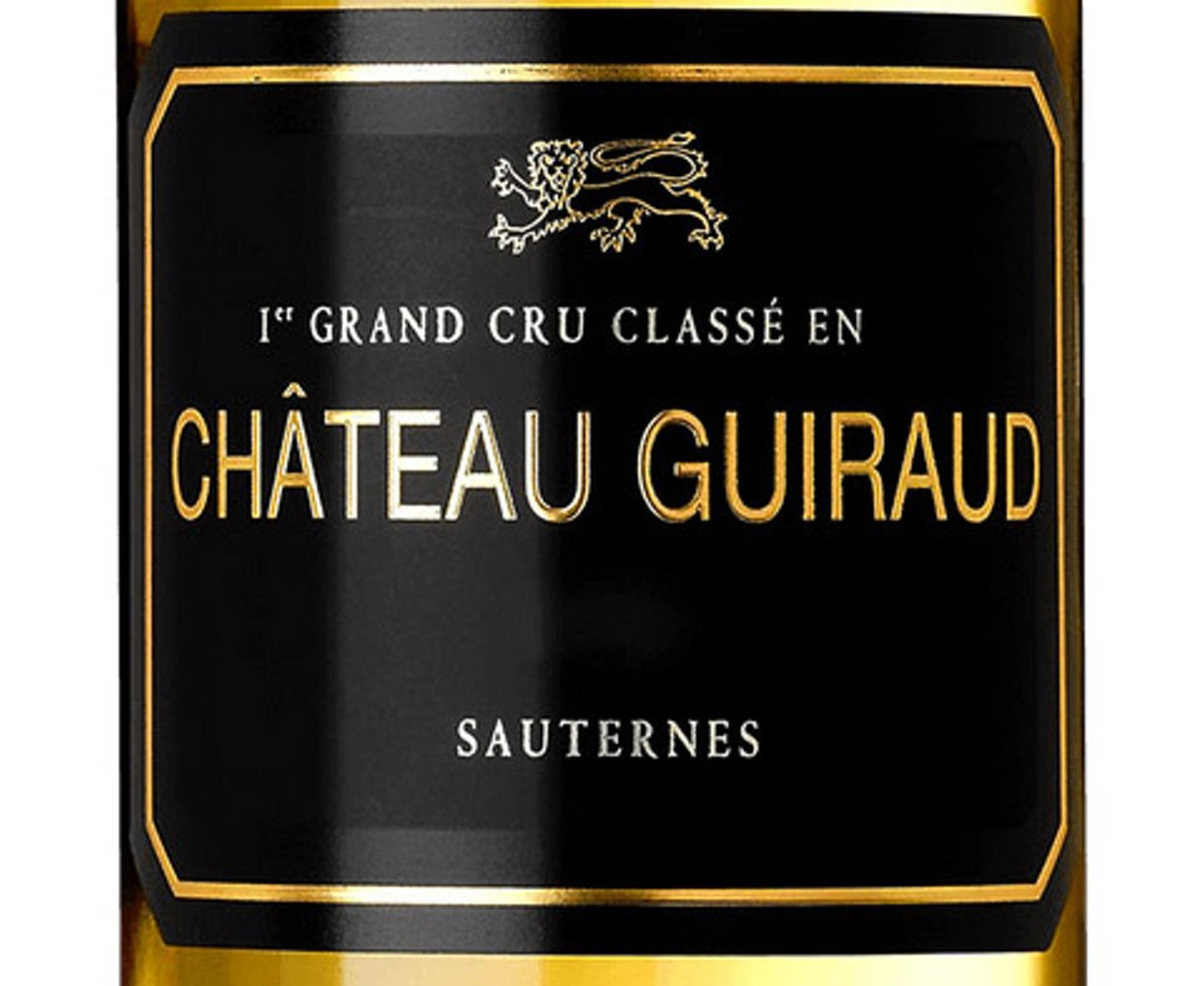
Guiraud Sauternes 2010
Dessert Wine from Sauternes/Barsac, Left Bank, Bordeaux, France
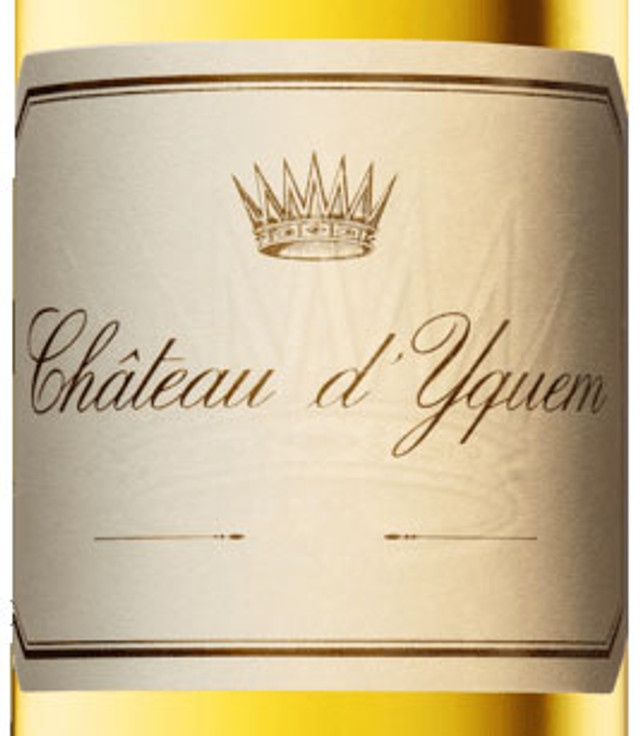
d'Yquem Sauternes 2019 375ml
Dessert Wine from Sauternes/Barsac, Left Bank, Bordeaux, France


